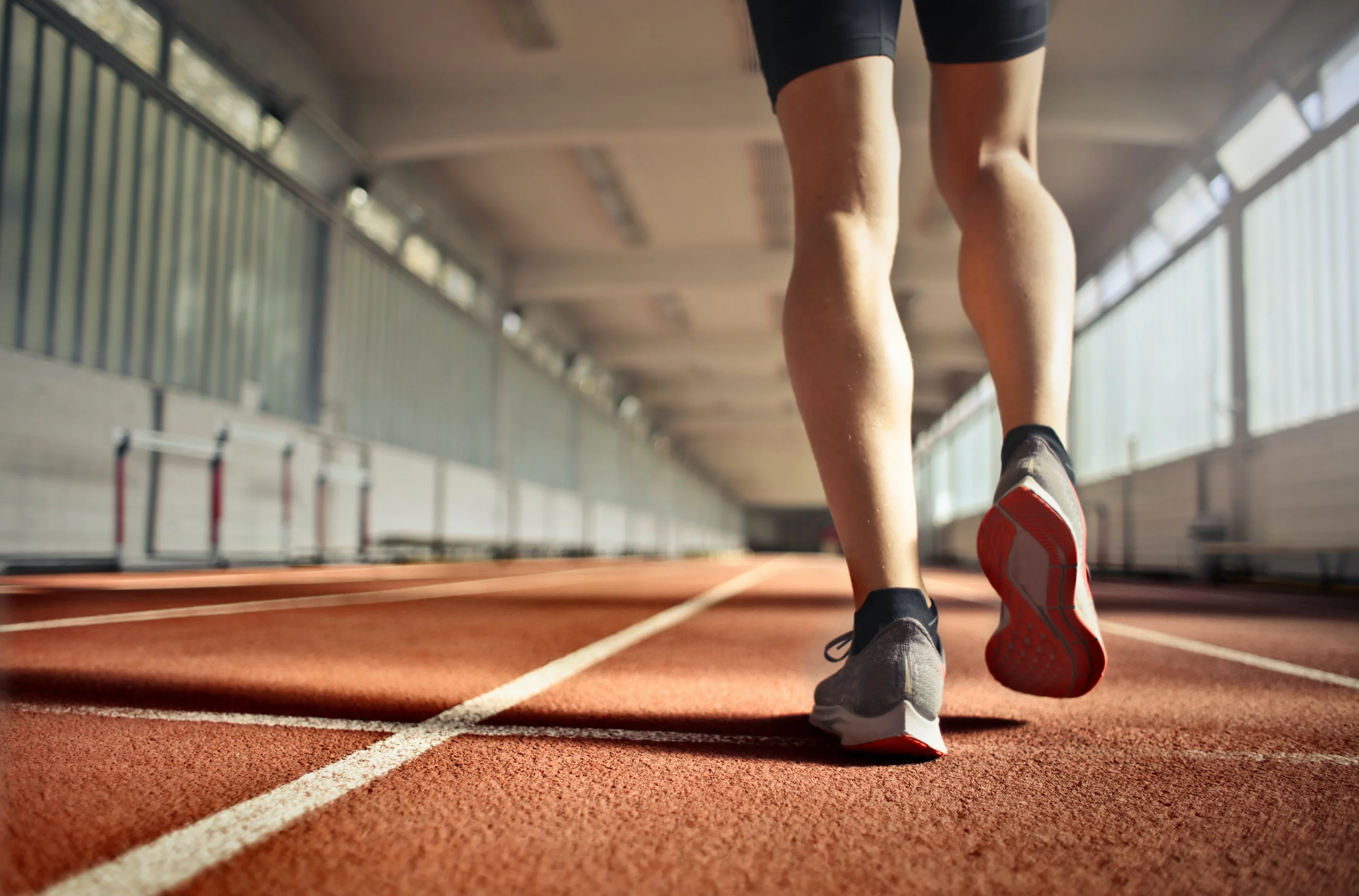
The soleus muscle is vital to a number of exercises. Runners, cyclists, and all athletes depend on its performance and immediately feel when the soleus muscle suffers an injury. Within this post, we’ll explore the most common sources of soleus muscle pain. We’ll also identify the remedies to alleviate soleus pain, and explain how to strengthen this powerhouse muscle.
Soleus Muscle Topics In This Article
Table of Contents
Soleus Muscle Pain and Your Body
The body is complex, with thousands of micro-interactions between bones, muscles, ligaments, tendons, and joints every minute of our existence. These interactions require our body to build, strengthen and heal over time. But repetitive actions can limit our healing while our reliance on particular muscles results in the body not being able to repair quickly
I had earlier written about pre-workout stretches to prevent injuries and foods that reduce inflammation. Here, I take a look at one commonly over-used muscle and the remedies to alleviate pain, discomfort, and time away from the activities you love. Let’s explore the soleus muscle.
What is the Soleus Muscle?
The soleus muscle is a large muscle that extends from below the back of the knee to the heels. It is located underneath the gastrocnemius muscle (which makes up the calf). It originates from the posterior of the tibia and fibula, and inserts into the calcaneus bone via the Achilles tendon. The soleus muscle is a powerful plantar flexor of the ankle, meaning it helps to point the toes down.
It also helps to stabilize the knee and ankle joints during standing and walking. The soleus muscle is a slow-twitch muscle, which means it has a high endurance capacity. This endurance is critical for activities like walking, running, and cycling.
The soleus muscle is also a vital connection to the calf muscles.
While the soleus muscle strengthens the lower legs, the calf muscles work with the soleus in flexing the feet.
It is instrumental in helping you standing on your tip toes and also flexes the toes upward by hinging at the heels. Our running and walking mechanisms depend on feet flexion, which would not be possible without the calf muscles. Injuries to the calf and soleus muscles involve both groups.
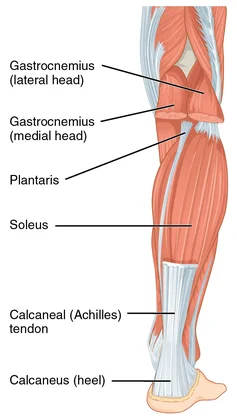
Reasons Behind Soleus Muscle Pain
The soleus muscle is susceptible to injury due to overuse or sudden trauma in general. The common causes of soleus muscle injury include excessive strain during high intensity activities. Repetitive motions and inadequate recovery time can also lead to overuse injuries.
A related injury is the calf-tear, where one or both of the calf muscles succumb to stress or over-use, resulting in inflammation and the muscle-fibers to tear. High impact activities like running, cycling, sudden turns result in injury to these muscles.
Runners with Soleus Muscle Pain
Soleus muscle tears and strains are a common injury for those who run regularly. For runners, poor training form is the most common cause of injury to the soleus muscle.
When your heel strikes the ground, the soleus muscle can contract rapidly to help absorb the impact. Over time, this repetitive contraction and force can lead to micro-tears in the muscle. With not enough time between running sessions, the number of these tears increase faster than the body is able to repair. The result is soft tissue pain and discomfort, forcing you to stop running while you wait for the muscle to recover.
Uphill runners may find that soleus muscle injuries commonly occur durng
Running uphill can put even more strain on the soleus muscle, as it has to work harder to propel the body forward. Wearing shoes with poor cushioning or arch support can also put more stress on the soleus muscle, leading to soleus strain and potential injury.
Soleus Muscle Pain After Biking
Soleus muscle injuries can be common in cyclists, especially in those who ride long distances.
Cycling involves repetitive movements that can put strain on the soleus muscle. When a cyclist is pedaling, the heel drops as they compress the pedal. This causes the soleus muscle to contract.
Over time, this can lead to tightness and inflammation in the muscle. The position of the body on the bicycle can also stress the muscle as the toes point up or down for long periods of time. This can lead to strain or injury.
It is important to properly warm up, stretch, and allow for adequate recovery time to prevent injury to the soleus muscle. The soleus is critical for walking and standing, and so loosen and stretch these leg muscles to protect them.
Treatment for Soleus Muscle Pain
- Rest: As simple as this sounds, rest might be what is needed mostly. If cycling or running for long periods or over long distances, it is crucial to give the body and the leg muscles time to heal and repair itself. Rest till there is no pain, and restart the activity slowly so as not to aggravate the condition.
- Ice: Ice helps calm down inflammation that arises from over-exerting the muscles. Icing the muscles used most helps the body repair any damages faster.
- Heel Pads: If the shoes are the reasons for your soleus muscle pains consider a new insoles or heel pads. A heel pad with a raised heel can help with decreasing the tension through the calf muscle.
- Medication: Pain medication can help with pulled muscles. But anti-inflammatory medications are not advisable for a couple of day after the muscle-pain onset since it could hinder the body fixing the issue naturally.
- Crutches and Walker Boots: For more serious injuries, keep weight off your injured leg. Use crutches to remove the weight and pressure and give the injury more time to heal. Walker boots might be needed to to keep the ankle at a neutral 90 degree position to aid muscles repair. Combining the walker boot with crutches will also aid the overall healing process.
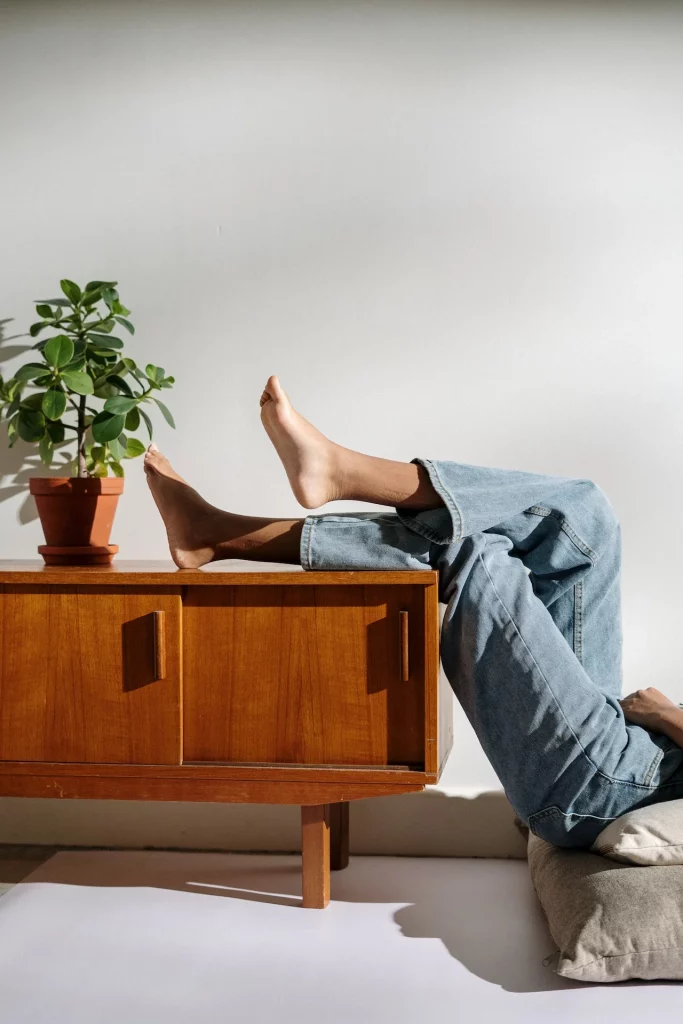
Exercises to Strengthen Your Soleus Muscle
1. Calf Stretch
The simple and humble calf stretch. To do this, stand facing a wall with the feet shoulder-width apart. Place the hands on the wall and take a step back with one leg, keeping the heel on the ground. Lean into the stretch, feeling the calf muscle of the back leg stretch. Hold for 30 seconds, and then switch legs. Aim for 2-3 30-second hold on each leg.
2. Calf Raise
To do this, stand with the feet shoulder-width apart and the toes pointed forward. Raise the heels off the ground, lifting the body onto the balls of the feet.
3. Soleus Push-up
The soleus push up is an exercise first developed and researched at the University of Houston. This is a push up exercise performed while seated. With feet flat on the floor and muscles relaxed, raise the heel while the front of the foot stays down. When the heel gets to the top of its range of motion, you let it fall slowly to the floor. The aim is to simultaneously shorten the calf muscle while the soleus is naturally activated by its motor neurons. Try to do 2-3 sets of 10 repetitions per leg.
Conclusion
The soleus muscle is an often overlooked yet important muscle in the lower leg. It plays a key role in walking, running, and cycling, and it can be easily injured by overuse or improper form.
By understanding the function of the soleus muscle and taking steps to prevent injury, you can enjoy pain-free movement for years to come.
I hope you found this post useful! Please check out my other personal training tips and solutions or recovery foods posts as well.
Sources:
https://www.ncbi.nlm.nih.gov/pmc/articles/PMC2697334/
https://pubs.rsna.org/doi/full/10.1148/rg.210133
https://www.sportsinjurybulletin.com/anatomy/rehabilitation-of-soleus-muscle-injuries-in-distance-runners

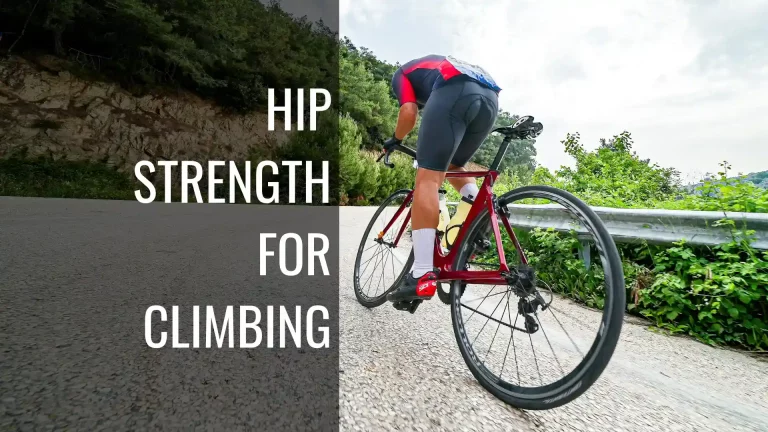
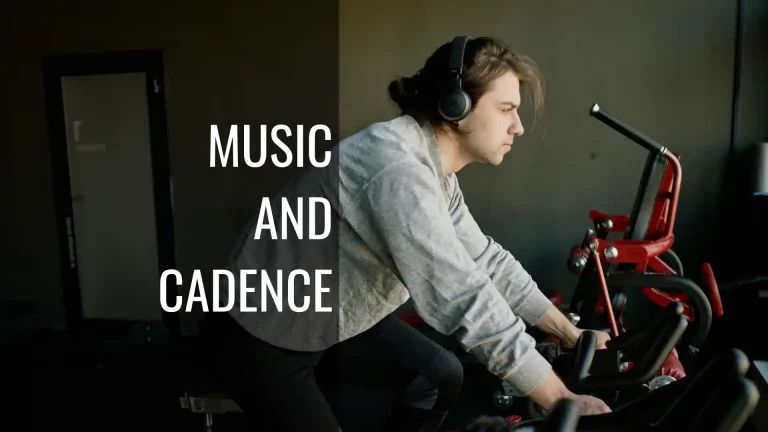

[…] Soleus Push Ups – I had written about soleus muscles. You can try to get the benefit while seated as you isolate and exercise this muscle, by placing […]
[…] my earlier post I had written about the soleus muscle pain. The soleus push up is one of the recommended exercises to treat the muscle pain. He I try to […]